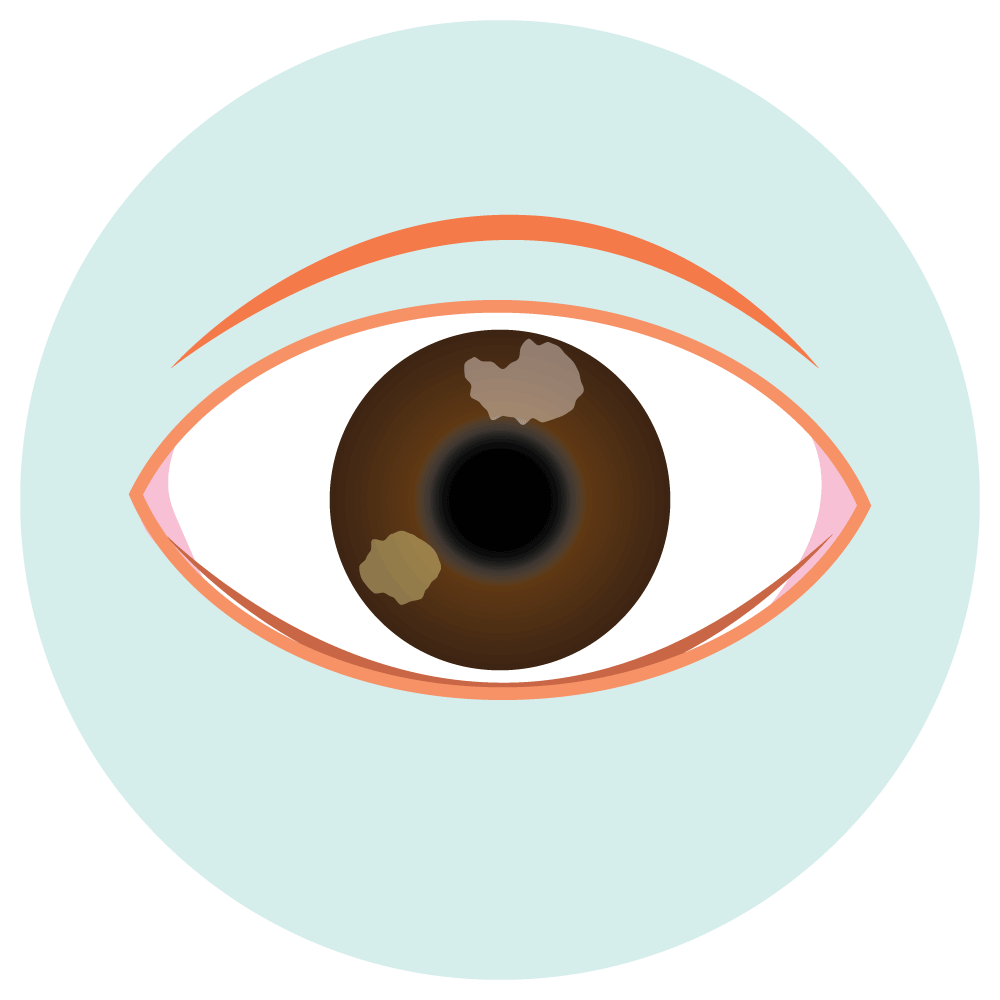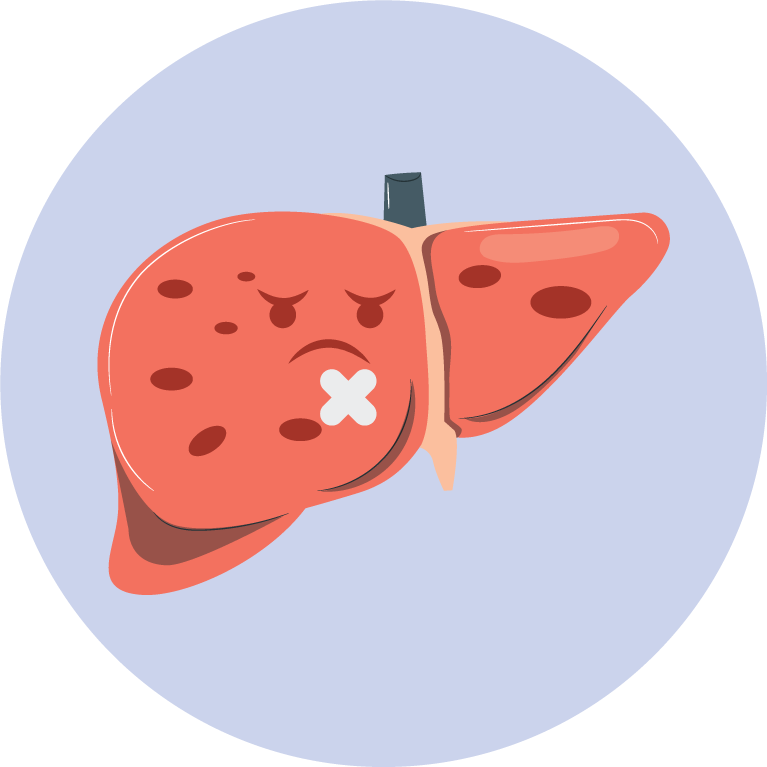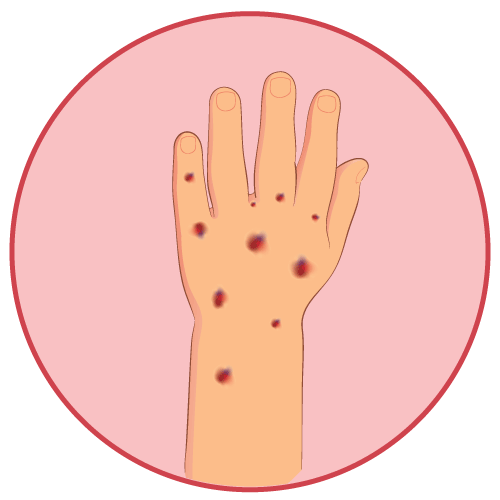| Name | Thiacetazone |
| Classes |
Antiinfective Agent Antituberculosis Agent |
| Diseases |
Cancer Leukemia TB (Tuberculosis) |
Thiacetazone
Thiacetazone is an antitubercular agent, belonging to the class of thioamides. The exact mechanism of action is not known but it is believed that thiacetazone acts by inhibiting the biosynthesis of mycolic acid in the cell wall of Mycobacterium tuberculosis.
Thiacetazone is indicated for the treatment of tuberculosis, especially when caused by strains of Mycobacterium tuberculosis that are resistant to other antitubercular drugs.
- The dosage of thiacetazone should be individualized according to the patient's weight, age, and severity of the disease. The recommended dosage for adults is 150 to 300 mg per day, given in two divided doses. For children, the recommended dosage is 2 to 5 mg/kg body weight per day, given in two divided doses.
- Thiacetazone should be taken orally, with or without food. It is important to complete the full course of treatment, even if the symptoms improve before the end of the treatment.
The following adverse reactions have been reported with the use of thiacetazone:
- Gastrointestinal disturbances such as nausea, vomiting, abdominal pain, and diarrhea
- Skin rash and itching
- Headache, dizziness, and fatigue
- Anemia, leukopenia, and thrombocytopenia
- Liver toxicity and elevated liver enzymes
- Hypersensitivity reactions, including fever, chills, and eosinophilia
- Ocular toxicity, including optic neuritis and blindness
Before starting thiacetazone, the following warnings and precautions should be considered:
- Thiacetazone should only be used for the treatment of tuberculosis and not for other infections.
- Thiacetazone should be used with caution in patients with liver disease or a history of liver disease.
- Thiacetazone may cause anemia, leukopenia, and thrombocytopenia. Regular blood tests should be performed to monitor the patient's blood cell count.
- Thiacetazone should be used with caution in patients with a history of hypersensitivity reactions to other drugs.
- Thiacetazone may cause ocular toxicity, including optic neuritis and blindness. Patients should be advised to report any visual disturbances immediately.
- Thiacetazone may interact with other drugs such as rifampin, isoniazid, and pyrazinamide. Close monitoring is necessary when using these drugs together.
Contraindication
Thiacetazone is contraindicated in patients with Hypersensitivity to thiacetazone or any of its components.
None known.
Thiacetazone is contraindicated in-
- Severe liver disease
- Porphyria
- Pregnancy and breastfeeding
 Bangla
Bangla English
English






